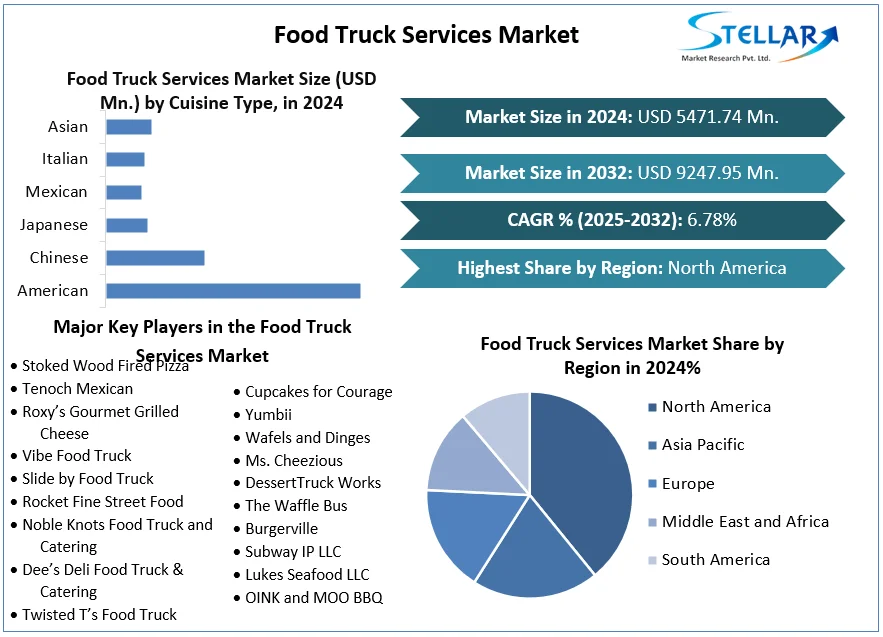PropTech’s Role in Revolutionizing Real Estate Management
The real estate industry, traditionally known for its slow adoption of technology, is undergoing a major transformation with the rise of property technology (PropTech). From digital transactions to AI-powered analytics, PropTech is reshaping how properties are bought, sold, and managed. This tech-driven movement is not only improving efficiency for developers and agents but also creating a better experience for homeowners and investors.
What Is PropTech?
PropTech refers to the use of modern technology to improve or reinvent real estate services. It includes a wide range of solutions, such as smart home systems, AI-driven property management tools, virtual reality (VR) tours, and blockchain-based transactions. These innovations aim to simplify processes, enhance transparency, and create more value for stakeholders.
Key Innovations Driving PropTech Growth
Artificial Intelligence and Data Analytics
AI-powered tools help predict market trends, analyze property values, and identify investment opportunities. Real estate companies use data analytics to provide insights into pricing, customer behavior, and risk assessment, helping investors make smarter decisions.
Virtual and Augmented Reality
Virtual property tours allow buyers to explore homes without physically visiting them. Augmented reality apps can showcase interior design possibilities, making it easier for clients to visualize spaces.
Blockchain and Smart Contracts
Blockchain ensures secure, transparent transactions while reducing paperwork and fraud. Smart contracts automate lease agreements and property sales, speeding up deals and cutting administrative costs.
Internet of Things (IoT)
IoT-enabled devices improve building management. From smart thermostats to automated security systems, these technologies optimize energy use and enhance tenant safety.
Why PropTech Matters for Investors and Developers
PropTech solutions offer significant advantages to both investors and developers. Investors benefit from faster transactions, accurate valuations, and access to real-time market data. Developers can use PropTech tools to monitor construction progress, reduce operational costs, and improve sustainability. These benefits translate into higher returns and reduced risks.
The Indian PropTech Boom
India is witnessing a rapid expansion of PropTech startups and solutions. Factors such as increasing smartphone penetration, affordable internet, and a tech-savvy young population are fueling this growth. Platforms like PropTech Pulse
provide in-depth insights into market trends, innovations, and investment opportunities, making it a valuable resource for anyone looking to stay ahead in the property technology landscape.
Government initiatives like the Digital India campaign and smart city projects further support PropTech adoption. Developers are increasingly integrating AI, machine learning, and big data into their operations to meet the demands of urbanization and sustainability.
Challenges in PropTech Adoption
Despite its potential, PropTech adoption faces hurdles such as:
High Initial Costs: Implementing advanced technologies requires significant investment.
Regulatory Issues: The real estate sector is heavily regulated, and tech-driven models often need time to align with legal frameworks.
Digital Literacy: In some regions, limited technical knowledge can slow adoption among agents and property owners.
Addressing these challenges will be crucial for the long-term success of PropTech solutions.
The Future of PropTech
The future of PropTech is promising, with trends pointing toward greater automation, AI-driven decision-making, and enhanced user experiences. Sustainable and green technologies will play a larger role, as developers focus on eco-friendly buildings and energy efficiency. Additionally, the rise of smart cities will create opportunities for integrated PropTech solutions that manage entire urban ecosystems.
Conclusion
PropTech is no longer just a buzzword—it’s a fundamental shift in how real estate operates. From streamlining transactions to enabling data-driven investments, technology is making the sector more transparent, efficient, and customer-friendly. For professionals and investors who want to stay ahead, keeping up with platforms like PropTech Pulse
can provide critical insights and updates. As the industry continues to evolve, embracing PropTech will be key to unlocking future growth and innovation.
Know More:
https://www.aurumproptech.in/pulsePropTech’s Role in Revolutionizing Real Estate Management
The real estate industry, traditionally known for its slow adoption of technology, is undergoing a major transformation with the rise of property technology (PropTech). From digital transactions to AI-powered analytics, PropTech is reshaping how properties are bought, sold, and managed. This tech-driven movement is not only improving efficiency for developers and agents but also creating a better experience for homeowners and investors.
What Is PropTech?
PropTech refers to the use of modern technology to improve or reinvent real estate services. It includes a wide range of solutions, such as smart home systems, AI-driven property management tools, virtual reality (VR) tours, and blockchain-based transactions. These innovations aim to simplify processes, enhance transparency, and create more value for stakeholders.
Key Innovations Driving PropTech Growth
Artificial Intelligence and Data Analytics
AI-powered tools help predict market trends, analyze property values, and identify investment opportunities. Real estate companies use data analytics to provide insights into pricing, customer behavior, and risk assessment, helping investors make smarter decisions.
Virtual and Augmented Reality
Virtual property tours allow buyers to explore homes without physically visiting them. Augmented reality apps can showcase interior design possibilities, making it easier for clients to visualize spaces.
Blockchain and Smart Contracts
Blockchain ensures secure, transparent transactions while reducing paperwork and fraud. Smart contracts automate lease agreements and property sales, speeding up deals and cutting administrative costs.
Internet of Things (IoT)
IoT-enabled devices improve building management. From smart thermostats to automated security systems, these technologies optimize energy use and enhance tenant safety.
Why PropTech Matters for Investors and Developers
PropTech solutions offer significant advantages to both investors and developers. Investors benefit from faster transactions, accurate valuations, and access to real-time market data. Developers can use PropTech tools to monitor construction progress, reduce operational costs, and improve sustainability. These benefits translate into higher returns and reduced risks.
The Indian PropTech Boom
India is witnessing a rapid expansion of PropTech startups and solutions. Factors such as increasing smartphone penetration, affordable internet, and a tech-savvy young population are fueling this growth. Platforms like PropTech Pulse
provide in-depth insights into market trends, innovations, and investment opportunities, making it a valuable resource for anyone looking to stay ahead in the property technology landscape.
Government initiatives like the Digital India campaign and smart city projects further support PropTech adoption. Developers are increasingly integrating AI, machine learning, and big data into their operations to meet the demands of urbanization and sustainability.
Challenges in PropTech Adoption
Despite its potential, PropTech adoption faces hurdles such as:
High Initial Costs: Implementing advanced technologies requires significant investment.
Regulatory Issues: The real estate sector is heavily regulated, and tech-driven models often need time to align with legal frameworks.
Digital Literacy: In some regions, limited technical knowledge can slow adoption among agents and property owners.
Addressing these challenges will be crucial for the long-term success of PropTech solutions.
The Future of PropTech
The future of PropTech is promising, with trends pointing toward greater automation, AI-driven decision-making, and enhanced user experiences. Sustainable and green technologies will play a larger role, as developers focus on eco-friendly buildings and energy efficiency. Additionally, the rise of smart cities will create opportunities for integrated PropTech solutions that manage entire urban ecosystems.
Conclusion
PropTech is no longer just a buzzword—it’s a fundamental shift in how real estate operates. From streamlining transactions to enabling data-driven investments, technology is making the sector more transparent, efficient, and customer-friendly. For professionals and investors who want to stay ahead, keeping up with platforms like PropTech Pulse
can provide critical insights and updates. As the industry continues to evolve, embracing PropTech will be key to unlocking future growth and innovation.
Know More: https://www.aurumproptech.in/pulse













